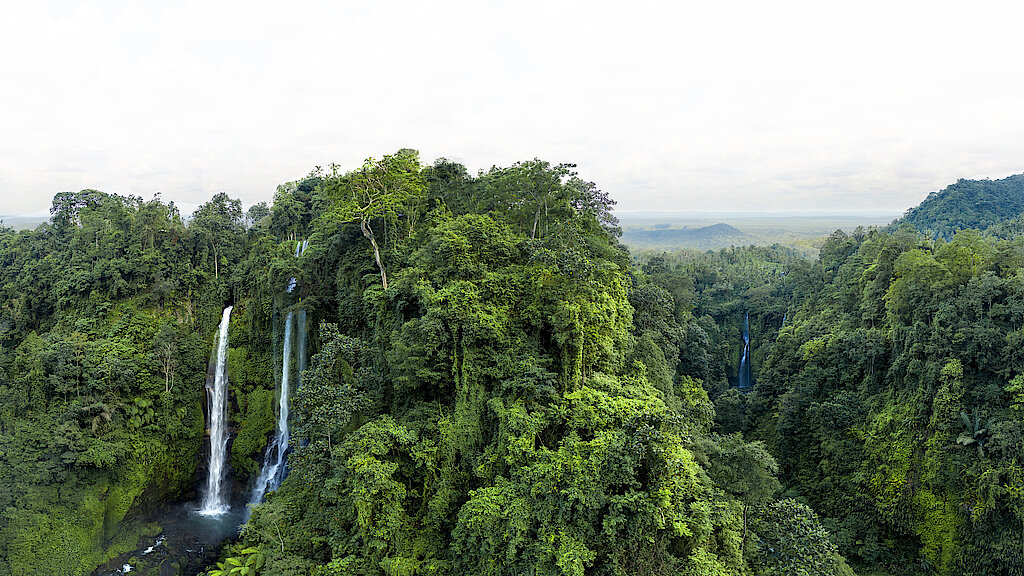To reach climate stabilization peatland protection must be increased
Yet, once drained, peatlands emit large amounts of greenhouse gases, currently about double of what global air traffic emits each year. For the first time, a team led by the Potsdam Institute for Climate Impact Research (PIK) included peatland emissions, based on computer simulations, in quantitative projections of how global warming can be kept below 2° Celsius. They find that current mitigation pathways do not accurately consider peatlands. To reach climate stabilization targets, peatland protection and restoration must thus be increased – for instance in the current EU agricultural policy reform.
"Peatlands cover only about 3% of the global land area. A considerable share has been drained by humans for agricultural purposes, in particular in Europe and more recently in South-East Asia. Once drained, peatlands emit greenhouse gases on the scale of decades to centuries - if not rewetted," explains Florian Humpenöder from PIK, lead-author of the study just published. “We were able to show that peatland restoration plays a decisive role: The land area of our planet can only become a global net carbon sink by 2100 – which is what current mitigation pathway studies say should happen – if about 60% of today’s degraded peatlands would be rewetted in the coming decades, next to the protection of intact peatlands.“
A conflict ahead: How to use land effectively and sustainably?
“Existing mitigation scenarios often do not consider the possible negative effects that land-use change can have on intact peatlands,” states co-author Alexander Popp, head of PIK’s Land-Use Management Research Group. ”Land is scarce, so there is competition between different forms of using it. The risk is that peatlands, often wrongly considered useless, are a loser in these conflicts. For climate policy-making in line with the Paris Agreement it is therefore essential to account for emissions from degraded peatlands.”
In the study, the team of researchers did exactly that: With the help of a PIK in-house developed global land use allocation model, the scientists started looking at the future state of intact and drained peatlands and the associated emissions. The results indicate that the implementation costs of peatland protection and restoration measures are lower than expected: “The total costs of agricultural production as well as food prices are almost the same with and without peatland protection and restoration measures," says Humpenöder. "However, there are considerable uncertainties regarding the costs of peatland restoration. But even if we assume the highest costs for peatland restauration within the range from the literature, our main outcome remains robust."
Call to EU Agricultural Policy
„This is relevant also for the European Union’s current reform of the Common Agricultural Policy,” says co-author Hermann Lotze-Campen, Co-Head of PIK’s Climate Resilience Research Department and Professor at Humboldt-Universität zu Berlin. “A smart re-design of the rules on how the huge money flow to agriculture is distributed could also help peatland protection and re-wetting and hence substantially contribute to climate stabilization. Payments to farmers should be better targeted to ensure the provision of valuable ecosystem services to society – including the underestimated services of peatland.”
The press release can be found here
The study can be found here
Our peatland project









